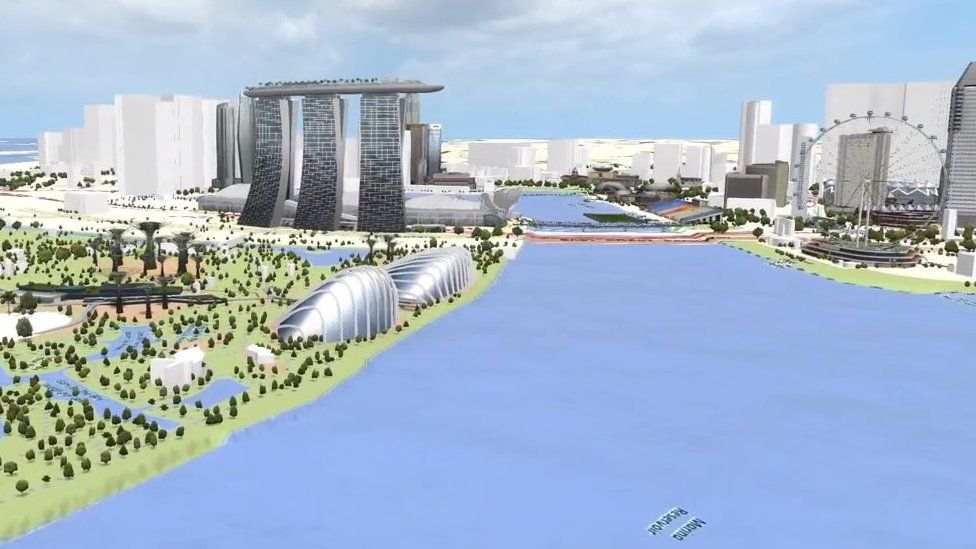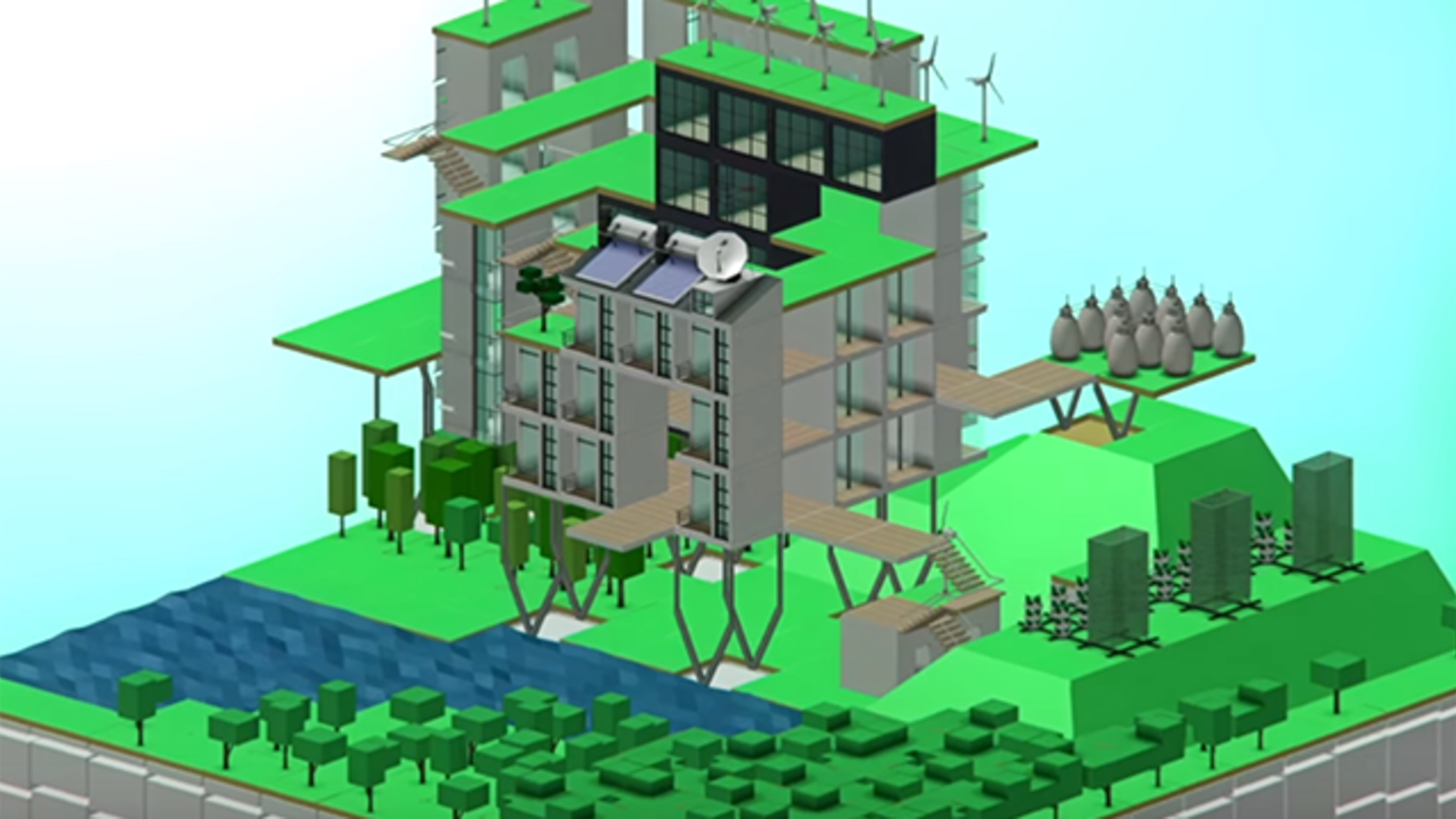
Innovation and digital empowerment are crucial to transforming modern cities. Still, in its nascent phase, regulations standardization and further collaboration are still needed to make cities available, both offline and online. Sooner than later, key assets and ongoing projects like construction sites, roads, and bridges as well as dynamically-evolving situations like crowd control, traffic, housing, and crime would be managed through virtual cities. This innovative model aims to address various challenges through accurate mapping, analytical insight, virtual-real interaction, and intelligent intervention. It is foreseen that there will be an integration of different specific digital twins of smart buildings, traffic infrastructure, power grids, and water management systems.īy definition, a digital twin city is a digital counterpart of a physical city through the construction of a virtual version. In fact, ABI Research expects that by 2025, roughly 500 cities will be using digital twins. Talking about virtual and smart cities, the concept of a digital twin is now being explored more than before. Cities are now expected to be served by complex systems of interconnected assets and networks – a system of systems. Thanks to the spread of the Internet of Things (IoT), devices, and the different elements which make up a city can communicate with each other and improve their functions. The use of digitalization and connectivity makes it possible to design cities based on virtual models, making them more liveable, smarter, and sustainable.
#Building a virtual city driver
This is where digital technology becomes the main driver while data is at the core of generation, collection, and analysis.

Without a doubt, with the development of the 4IR, the path of urban development and transformation is becoming increasingly clear.

Observing an evident shift in today’s world, people are moving from rural to urban centers at a rate of 1.3 million per week. It seems like cities' continued growth and success are one of the great triumphs of modern civilization, with the future of design becoming virtual and driven by data.


 0 kommentar(er)
0 kommentar(er)
